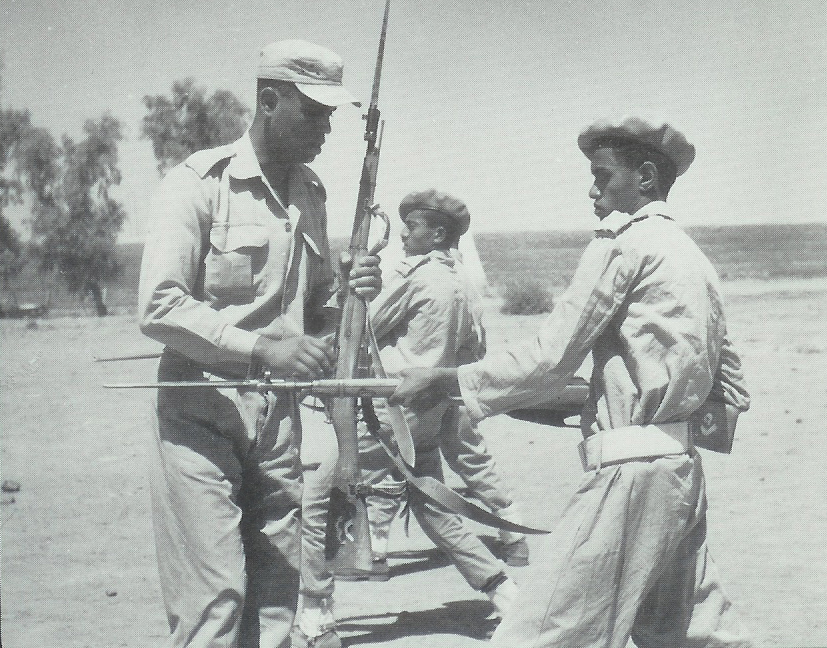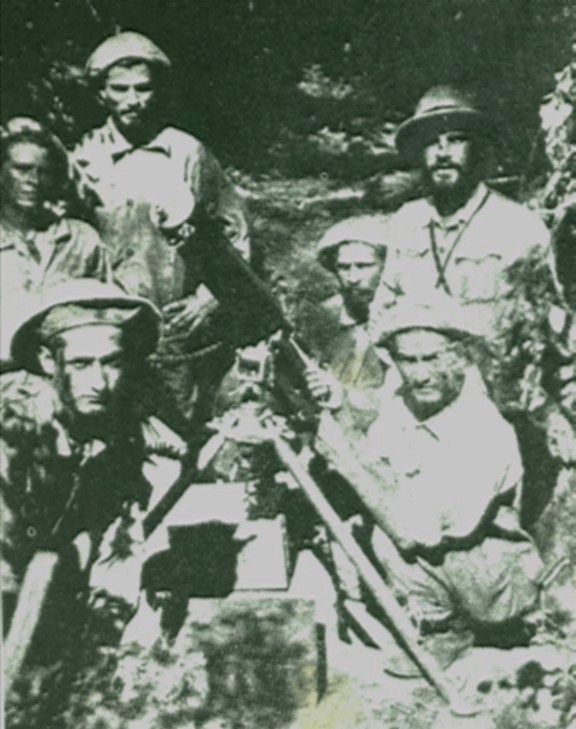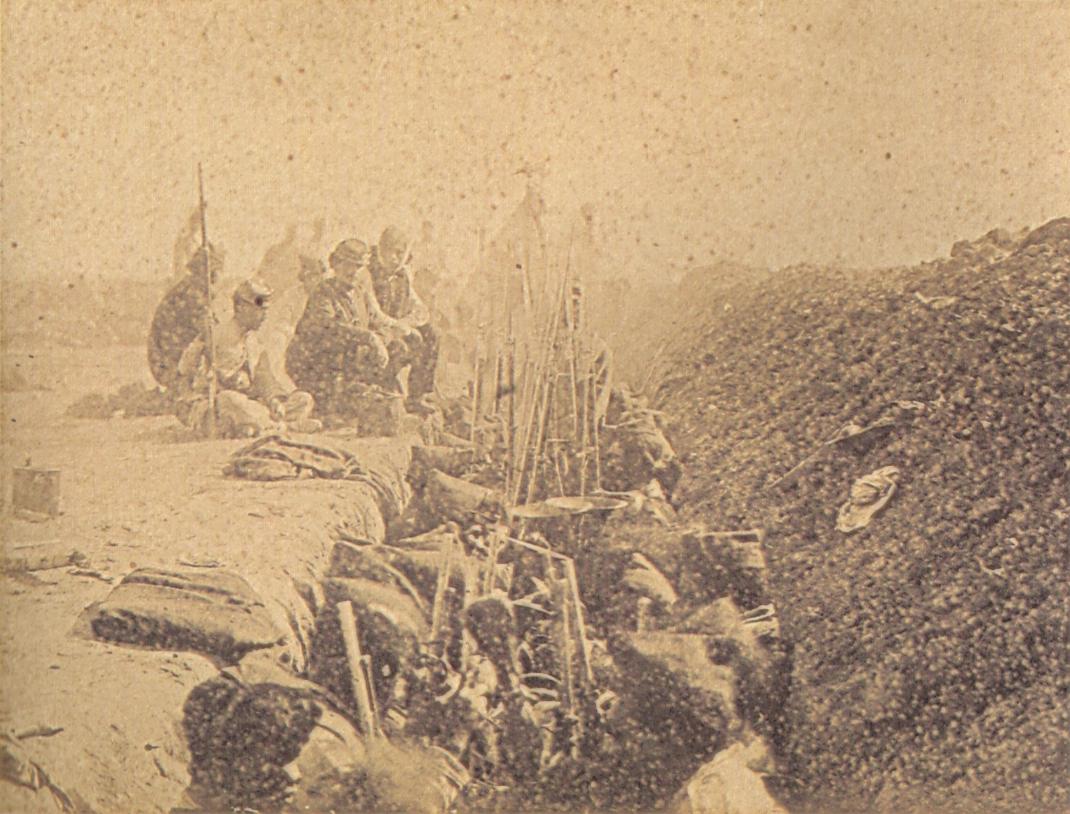Land Warfare Since 18060: A Global History of Boots on the Ground. Jeremy Black. Lanham, MD: Rowman & Littlefield Publishers, 2018.
“The past was not simple because the present never is, and the future never will be. Nor can the chaos of wars be summed up and condensed down into a rational ordered coherence.” —Olivia Garard
When training close quarter combat operators, I teach them a way to harness the complexity of combat. In Land Warfare Since 1860: A Global History of Boots on the Ground, Jeremy Black, a professor of history at Exeter University, shows military professionals how to harness the complexity of war through the practice of history. Land Warfare is in tune with a series of concise global histories by Jeremy Black on various aspects of the development of warfare.[1] Black’s approach to history is episodic and contextual, and provides lessons for the military professional to develop a practice of history that will aid them in the real world. By viewing history contextually, we learn to ask better questions and glean understanding about how people in different situations deal with the stress of making irrevocable decisions based on inadequate information in war, the most demanding human activity.
It is popular for historians to look for continuity and coherence in military history, because it speaks to a comfortable and familiar narrative. Such histories look for patterns and predetermined ends. Victors write the history, and they tend to justify what was done in hindsight, often making outcomes that were near things appear as part of some inevitable flow of history. This type of history appeals to military audiences because, as Williamson Murray has observed, “The fact is that military organizations for the most part study what makes them feel comfortable about themselves, not the uncongenial lessons of past conflicts.”[2] Looking for continuity and coherence in the midst of change is comforting. This bias is not evil or stupid; it is fundamentally human. The problem with continuity and coherence in a historical narrative is that it works as long as actual events correspond with our interpretations, but, when they do not, the generalizations tend to turn history into myth. Myths that project a well ordered pattern to history are not pragmatic tools for facing the future. Land Warfare addresses the complex, chaotic, emergent, and ever-shifting character of war as it appears in different forms from 1860 to the present.
If you are used to looking for Hegelian footprints of history marching through time, you might find that Black’s episodic approach requires some getting used to as he focuses on intersections of change in a particular context. Instead of addressing how to get to a preordained end, Black considers what actions by what people under what conditions altered the situation. This reduces the distance between description and event, making it less likely for myth to fill the gap. With this format in mind, Land Warfare’s big idea is this: “...on a global level looking at the period since 1860, there is no one essential character of warfare.”[3] The book weighs its attention toward what Black metaphorically calls the “moveable feast” that defines modern warfare, the nature of continual interactive change and variety in different self-contained periods of time.[4]
“Learning from the past for the benefit of the future is the key element in military education.”[5] The question is, which past and how is it to be scrutinized? Learning from the past is never value free. “Moreover, as a consequence, the values and experiences of the present are necessarily understood in terms of what came earlier, while the present is prepared for in what to it is the past.”[6] To remember is to reframe, to see past events as they occurred and in light of what we have become because of them. The past we consider is fixed in our minds in part by anticipation of the future and the extent to which the unfolding near future becomes the past.[7]
For example, the recent memories of most military professionals have been marked by abrupt changes and not continuity and coherence. The 1970s focused on asymmetrical insurgencies; the 1980s concentrated on conventional and nuclear war; and the 1990s-2000s saw a shift back to smaller scale great power conflict as well as ongoing asymmetrical warfare.[8] Although episodic military histories go back to the Strategems of Polyaenus and Frontinus, finding modern comparisons to Land Warfare is challenging.[9] Jules Michelet’s The History of the French Revolution sought the perspective of the participants: what was done and why, as well as what was left undone or poorly done.[10] Lawrence Friedman directs his attention in Strategy: A History to strategy, informed by “the starting point and not the end point”is in philosophic agreement with Black’s treatment of military history.[11]
Land Warfare consists of nine chapters that, in line with the author’s thesis, explore the continuing change in each period and can be read as self-contained lectures. The time periods organizing the material use familiar patterns for the convenience of the reader—The First World War, Between the Wars, and The Cold War, for example—where simply the years “1914-1918” would have sufficed. However, the period names also reveal something about how we look at these wars. The fact that 1918-1939 is referred to as the Interwar Period creates a preconception to “look for the consequences of the former war and the anticipation of the latter one.”[12]
Black’s examples are global, ranging across the Egyptian war in Yemen (1962-67), Bolivia in the Chaco War (1932-33), the Paraguayans in the War of the Triple Alliance (1864-70), as well as a consideration of the often overlooked Taiping Rebellion (1853-67), which consumed some 20-30 million lives. However, the depth of some examples is a bit wanting, with some Latin American wars receiving only a paragraph and the Japanese only passing mention in the chapter on the Second World War. Land Warfare is, by design, selectively comprehensive. The book focuses on identifying the issues and motivations regarding decisions in the wars of the period, to make the reader better at shaping their own questions and evaluations in practicing history rather than to fit generalizations into current reality.
An 1884 painting of The Battle of Anqing during the Taiping Rebellion (Wikimedia)
True to his thesis, attempting to generalize the chapters is like trying to generalize a Socratic dialogue, and doing so misses the object of the exercise. Each chapter stands independently as an example of questioning what was done, why, and what can be taken from the episode. Even in the periods dominated by the world wars, Black looks to how context shaped the struggles in different parts of the world. The chapter covering 1914-1918, probably one of the best in the book, begins with a consideration of warfare in China, Mexico, and the American interventions in Latin America as a counterpoint to the World War. The author points out the differences in space and force ratios, the limited application of resources compared to the enormous material mobilization in the World War, as well as the complexity of the problems faced by different decision makers in various regions and locales.
The results we have come to expect by looking for coherent patterns create the expectation that certain events, outcomes, and conclusions were inevitable. Black illuminates this distinction throughout Land Warfare, but he does it best at the beginning of the chapter on the First World War, where he points out that many public myths of the war are heavily invested in an image of “tactical stasis, operational failure, strategic nullity, and indecisive conflict…none of which is well founded if the war as a whole is considered.”[13] He points out how these myths go on to support a chain of beliefs that purport to explain everything: the Russian Revolution, the development of Fascism, blitzkrieg in the Second World War, the rise of the United States, the foundation of the European Union in 1958, instability in the Middle East and the foundation of Israel, as well as determining the military history for the rest of the 20th century.[14] The fixation historians have with trench warfare in 1914-18 ignores the broader realities.
During the First World War, Britain fought a state-to-state conventional conflict in Europe while leading an insurgency in Arabia and Syria, fighting the Senousi insurgency in Western Egypt, and battling German guerillas in East Africa. Seeing the variety of contexts and interactions changes the strategic perspective of the First World War, and challenges military professionals to consider preparations for great power struggles, gray zone wars, and asymmetric insurgencies not as an either/or proposition but as all the above.
To treat insurgencies in Iraq and Afghanistan as some extended generalized pattern is a dangerous simplification of history.
Other examples are more subtle. In chapter seven, Black highlights, among other conflicts, the counterinsurgencies fought by the U.S. and Egypt respectively in Vietnam and Yemen (1962-67). The contexts of the insurgencies of the 1950s and 1960s were heavily influenced by decolonization and particular ideologies. To treat insurgencies in Iraq and Afghanistan as some extended generalized pattern is a dangerous simplification of history. The past provides bits of guidance, not full templates for how to fight.
It is lesson learning, not lessons learned, that matters.
How can a reading of Land Warfare improve a military professional’s practice of history? “Military history, in short, needs to be located in a wider context.”[15] To focus on context is not just about winning battles and wars, but on why and how they were won, because “victory is far more elusive than generally believed, and notably by those who put their trust in technology. Lesson learning, however, is a key link between past, present, and future.”[16] It is lesson learning, not lessons learned, that matters. Polyeanus and Frontinus collected episodes about military success or failure to show military professionals how to practice history not just accumulate random tactical lessons. To remember history is to reframe it; to remember how and why people decided and the consequences that ensued. “History does not repeat itself exactly, but there is guidance in the past to what may happen later.”[17]
Professional military education needs tools to look at the past as a guide, as a way to learn the practice of discovering solutions that meet present needs by knowing enough to ask the right questions. History supplies these military professionals with the tools to shape models of the present and visions of the future. “As a result, knowing what happened in n different cases does not allow the prediction of how n + 1 will look or work. All n cases are, nevertheless, of interest to prepare us better to understand the n + 1 case when it comes along.”[18] Thus, by studying the period 1880-1913 we can see a familiar determination to create a union of man and machine by balancing human and moral factors against the tremendous technological forces. Just as military professionals are facing the challenge of integrating artificial intelligence, cyberwarfare, and cybernetic implants today. From the Interwar period (1918-39) we might learn how the role of agreements, alliances, and anti-weapons in the arms race of the 1930s served as a deterrence to the ambitions of opponents fired by ideologies.
The Battle Before Tong-Cheou (CORBIS)
Land Warfare’s structure lends itself to the Socratic method, whether in a classroom or in a private seminar with a mentor. Black succeeds in writing a book for both the beginner with little background as well as for the more expert looking for more challenging insights. I could see teaching a seminar on the use of military history with this as a core text. He encourages the military professional to develop the practice of seeing the past in context, from the perspective of the participants, rather than as the culmination of predetermined outcomes. The tools and understandings acquired from the past allow today’s professional to shape the present and envision the future by seeing in the moveable feast of warfare, lessons about how decisions were made and guidance for making their own decisions. As T.E. Lawrence wrote, “With two thousand years of examples behind us we have no excuse, when fighting, for not fighting well.”[19]
Michael Barr is a military historian, speculator, and high stress performance improvement educator. He has 47 years of experience training and teaching in close quarter control and combat. He is the director of Ronin Research and the Jikido Aikijujutsu Association and is working on a book about the martial teachings of Miyamoto Musashi and their relevance to 21st century military problems.
Have a response or an idea for your own article? Follow the logo below, and you too can contribute to The Bridge:
Enjoy what you just read? Please help spread the word to new readers by sharing it on social media.
Header Image: “Battle of Gettysburg” painted by Thure de Thulstrup (Wikimedia)
Notes:
[1] Some of Jeremy Black’s other works written in a similar style include: Insurgency and Counter Insurgency: A Global History and Fortifications, Siegecraft: Defense and Attack Through the Ages, also Naval Warfare: A Global History Since 1860.
[2] Williamson Murray, “Thinking About Innovation,” Naval War College Review, (Summer 2001), 123.
[3] Jeremy Black, Land Warfare Since 1860: A Global History of Boots on the Ground, (Maryland, Rowan and Littlefield, 2019), viii.
[4] Black, 3.
[5] Black, 6.
[6] Black, 6.
[7] Black, 6.
[8] Black, 6-7.
[9] Ployaenus,Strategems,trans. R.Shepheard, (Chicago, Ares Publishers, 1974). Sextus Iulius Frontinus,Strategems, trans.Charles E. Bennett, (Cambridge, Massachusetts, Harvard University Press, 1993).
[10] Jules Michelet, The History of the French Revolution, trans. C. Cocks, (London, H.G. Bohn, 1847).
[11] Lawrence Freedman, Strategy: A History, (Oxford, Oxford University Press, 2013), xi.
[12] Black, 91.
[13] Black, 57
[14] Black, 57.
[15] Black, 241.
[16] Black, 244.
[17] Black, 233.
[18] Black, 3.
[19] Jeremy Wilson, Lawrence of Arabia: The Authorized Biography of T.E. Lawrence (New York: Antheneum, 1990), 908.






